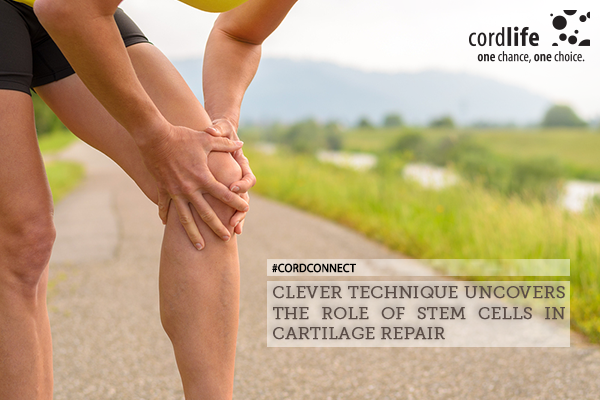Table of Contents
Over 50 million people suffer from arthritis in USA alone. Arthritis is a common enough disease among the elderly, which makes it difficult to even undertake the basic chores like holding a spoon, eating, and walking. Arthritis degrades the cartilage between the bone joints making it a painful and debilitating condition. Over time the body is unable to heal the degeneration of the bones. All that the doctors can only do is to help reduce the pain. Many cases are managed just with the help of therapy, and surgery is only performed in severe cases.
Mesenchymal stem cells (MSCs) are found in the bone marrow. The fat and blood in our body helps create cells of various types these include cartilage producing chondrocytes cells. These cells help in restoring arthritis affected joints. There are many sources of MSCs. Muscle-derived MSC is a cell source and sources are placenta, amnion, umbilical cord blood, and ear elastic cartilage.
Injecting MSCs into a joint cartilage has shown effective results. But the puzzle has not been deciphered so far as to how the stem cells work to repair the damage. MSC is said to release a protein factor which in turn helps the body repair its own cartilage damage.
Chondral injury also leads to small and long-term disabilities. There are many surgical treatments available. The cell therapies utilize stem cells by differentiating the many mesenchymal phenotypes and maintaining their multi potency. The MSC is delivered into the knee or injury site through an injection.
There are various tissues in the human body which contain MSCs. These are harvested from the bone marrow, adipose, synovium, and umbilical cord.
Clinical trials have given satisfactory reports on cartilage regeneration after the stem cell implantation. Collagen, polyglycolic acid, hyaluronic acid, and silk fibroin enhance the healing process. They have superior histological and mechanical properties.
Bone marrow-derived stem cell chondrogenic potential has been confirmed by the cell culture studies. Adipose tissue is harvested usually from the patient’s buttock region with the help of tumescent liposuction.
Chondral defect seen in early osteoarthritis knees that were implanted with MSC suspension alone or MSCs with a fibrin glue scaffold have shown better cartilage regeneration than the control group. A final follow-up done after a period of 2 years has shown that results have improved in both groups. While the arthroscopy has revealed better cartilage repair in knees that have been implanted with MSCs and scaffold.
Synovial tissue is another alternative source of stem cells which is utilized for cartilage repair procedure. Two studies have reported about the clinical results of synovial tissue-derived MSC.
Peripheral blood-derived MSCs (progenitor cells) are obtained from peripheral blood. In this procedure the bone marrow the iliac crest is taken at the time of cartilage repair surgery. The harvested bone marrow is then centrifuged, and the bone marrow concentrate is obtained. During the surgery itself, the concentrated aspirate is then transplanted at the chondral defect along with hyaluronic acid or collagen.
Cartilage regeneration is due to many various growth factors and biofactors like insulin growth factor, transforming growth factor-β, and SOX9 which enhance chondrogenesis of MSCs, and gene transfer. Healing is enhanced by these growth factors and because of gene transfer as well as pluripotent cells.
Sources:
https://insight.jci.org/articles/view/87322/version/1/pdf/render
https://www.ncbi.nlm.nih.gov/pmc/articles/PMC5345159/
https://blog.cirm.ca.gov/2017/11/02/clever-technique-uncovers-role-of-stem-cells-in-cartilage-repair/
